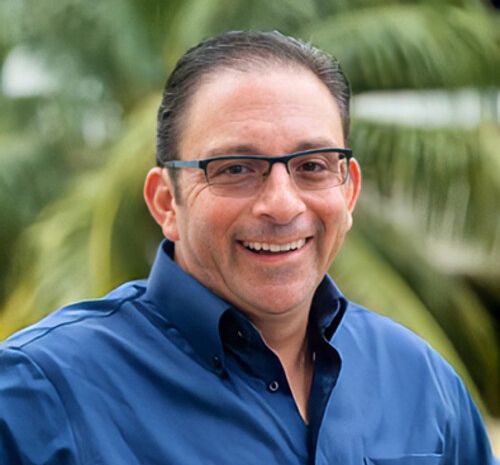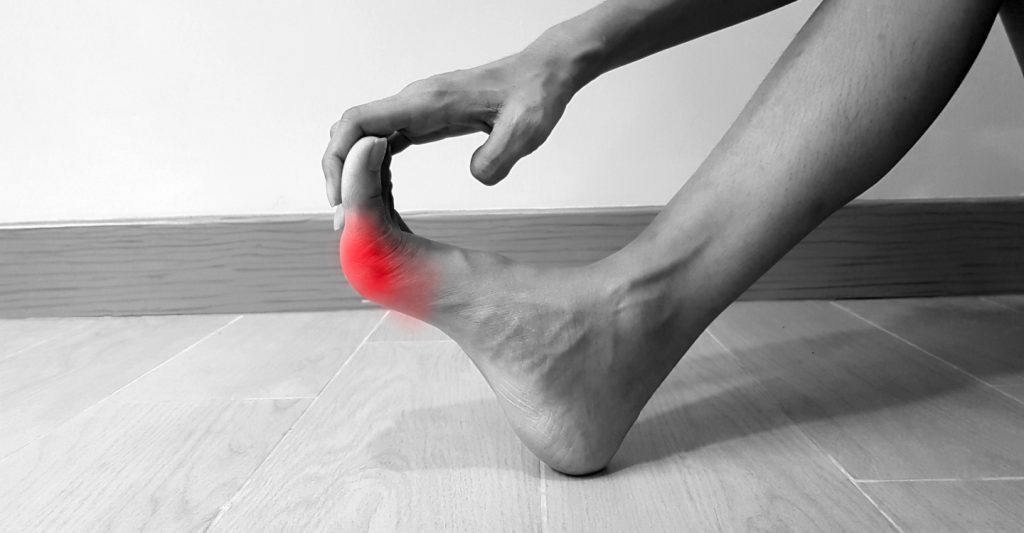Spider veins! Who needs them? Who wants them? But there they are: showing up on legs otherwise ready for summer styles at beaches and swimming pools everywhere. Below are the reasons why women are more likely to get spider veins.
Sitting too long in one position, as at a desk, or standing for hours without a break, as a nurse, teacher or sales associate all put women at greater risk for developing these web-like veins in their legs—especially when the act of standing is coupled with high heels and other types of uncomfortable footwear. Spider veins often go unnoticed since they generally cause no pain and are very thin.
Then summer arrives. Women prepare to fit into their favorite swimsuit only to discover those threadlike blue lines mapping the flow of blood through their legs. Heredity, hormones, pregnancy, lifestyle, and even some medications may have contributed to the appearance of these unwelcome and unsightly markings.
It may seem like just last year they were ever so inconspicuous. Weakened valves now allow blood that was meant to flow upward against gravity to leak back into the veins rendering them more prominent. Women become shy about wearing shorts in public. Who wants to be seen with spider veins? There is help, however. There are a number of very successful medical treatments available to reduce the appearance of spider veins, as well as several types of cosmetic creams that provide temporary cover.
Medical treatments, such as laser, injection, or sclerotherapy, are often recommended to help women overcome the hindrance of spider veins. These types of therapies are especially recommended when the vein condition causes pain or discomfort.
If noticed early enough or if you know that you have a family history of spider veins but have not yet developed them yourself, then take a few steps to prevent their occurrence. Exercise, running, losing weight, using a support hose when necessary all help.
Since the causes are so varied, these activities are beneficial but are not foolproof. The strategy for each person is as unique as the person herself. Talk with your foot and vein specialist about the best treatment and prevention options for you.



